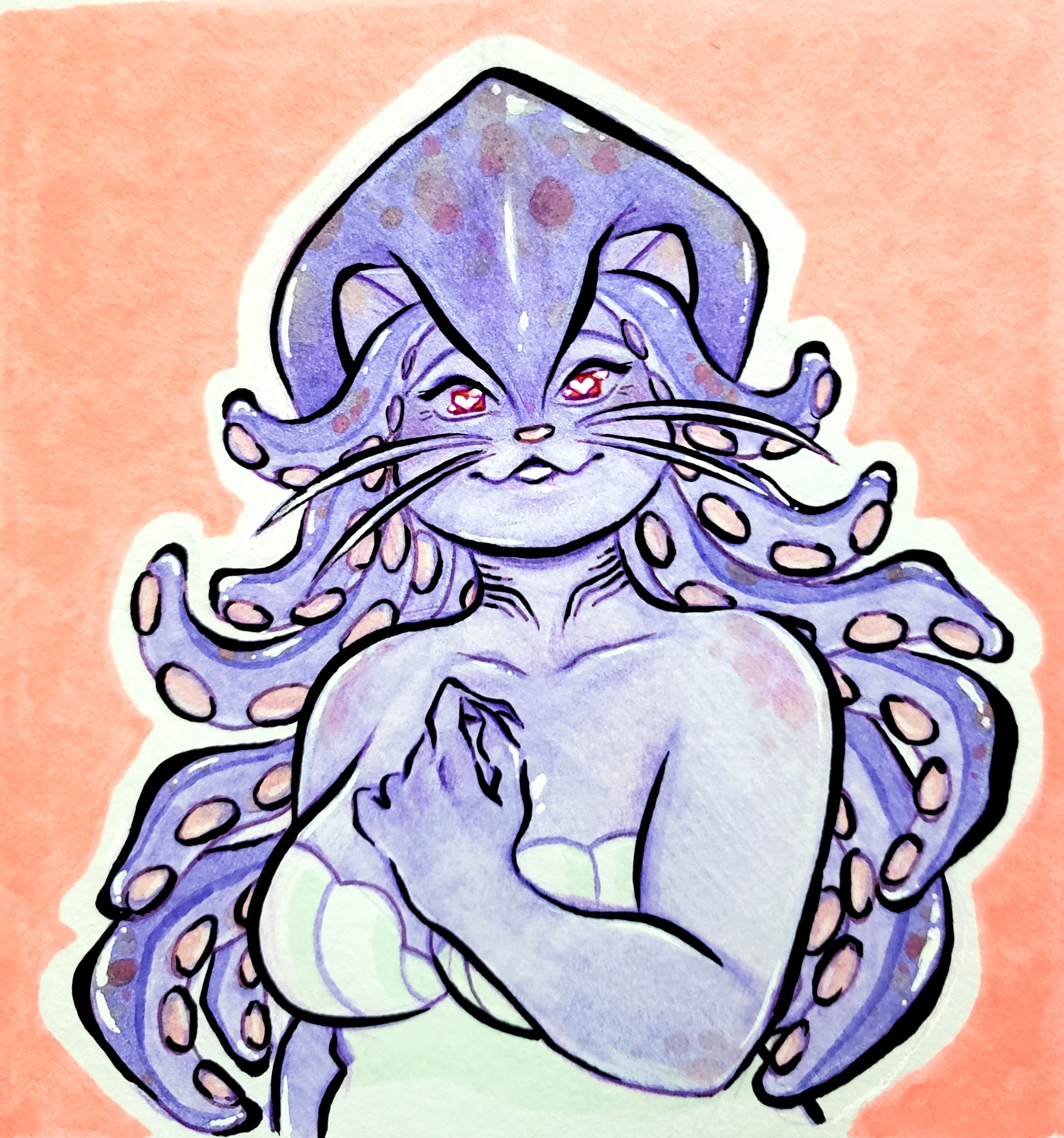interestingly enough nobody is sure why the symbol was used in that case or when it changed meaning.
@ used to signify French “à” (“at”) from a 1674 protocol from a Swedish court (Arboga rådhusrätt och magistrat)
This makes sense considering that in french “a” and “à” are two common and very different words and “@” might be faster to write in cursive. In the doc it looks like the writer made the “𝓪” ending at the bottom right and, without lifting his pen, added the diacritic.
The last time I said « at » for @ in French, the person literally wrote at.
Like : name at domain.com
I believe this person also say « tiret du 8 » instead of underscore.
Anyway, now I have to say arobase instead of at and it is annoying.
The first time I came across the German word for this symbol was pretty jarring. The word is Affenschwanz, and it does, absolutely mean “monkey tail,” which is fine and descriptive, if a little whimsical. The problem is that Schwanz is such a widely-used term for ‘penis’ that a poor Auslander might be forgiven for totally forgetting that it ever meant ‘tail’ at all and wondering what sort of madman decided to name the symbol a ‘monkey penis.’
I’m German myself and I’ve never ever heard it called like that 😅
That 1345 usage seems dubious…looks like whoever wrote that manuscript just added a flourish to the alpha character.




